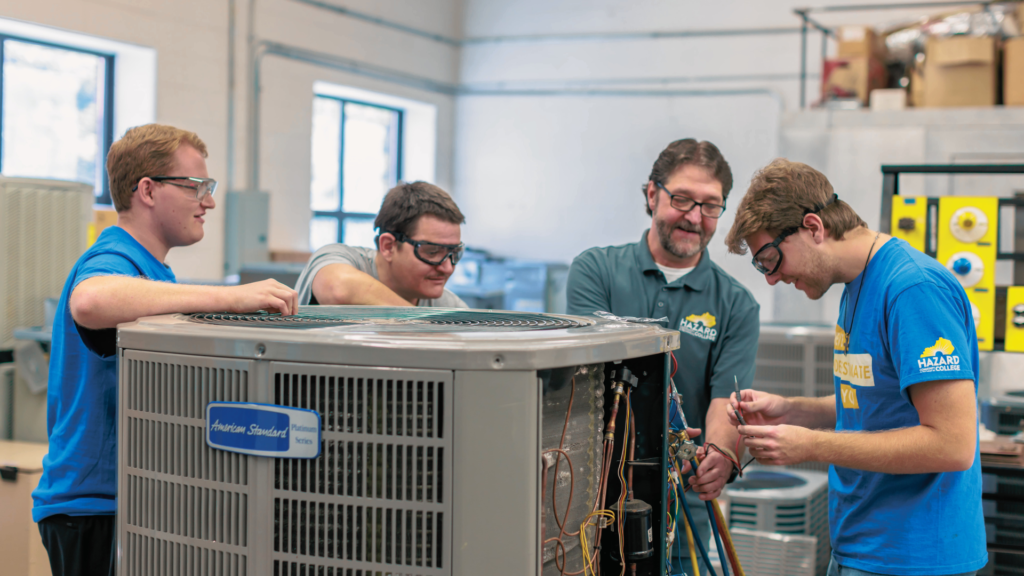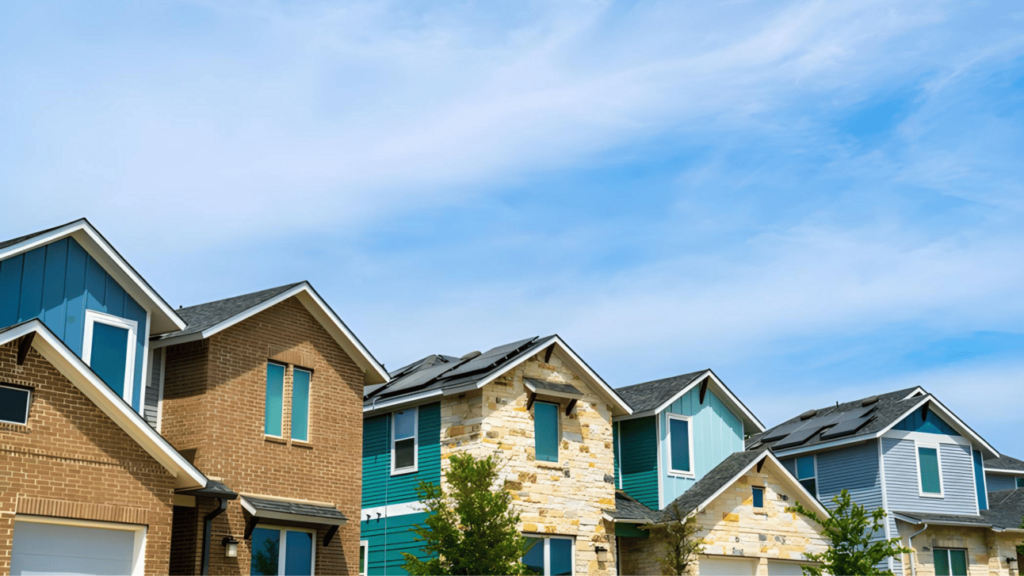Mixed signals cloud consumer financing approval outlook
While nationwide FICO scores remain stable, credit delinquencies are at 12-year highs, creating an uncertain financing approval environment

Image: Axios
In 2024, consumer financing applications for service work jumped 37 percent, while applications for HVAC replacements fell seven percent, according to a recent report.
Why it matters: The report reflects growing questions about U.S. consumers’ financial health, which directly impacts their ability to finance both repairs and replacements.
Catch up: Homepros last month examined Americans’ overall financial picture, and mixed signals emerged.
- While consumers earn slightly more than they did in 2019 and continue spending, total credit card balances have risen 24 percent over the past five years — and personal savings have fallen by 13 percent, according to the Federal Reserve.
Driving the news: These increasing pressures threaten Americans’ prospects of getting approved for financing.
What’s happening: As of Q3 2024, the latest available data, both the share of active credit card accounts making minimum payments and the number of accounts with balances at least 30 days past due hit 12-year highs.
- “In response to weaker credit performance, banks are adopting more conservative lending standards,” wrote the Federal Reserve Bank of Philadelphia.
- Meanwhile, total household debt, including mortgages, credit cards, and other consumer loans, has climbed 52 percent since 2015.
Between the lines: The impacts are being especially felt by lower- and middle-income consumers, spurring a pullback in spending, particularly on big-ticket items like home improvements.
Yes, but: The situation hasn’t hit crisis territory yet. The average nationwide FICO score has held steady at around 715 since 2020, according to Experian — an increase from 2010.
- Total household debt payments now consume a smaller portion of Americans’ disposable income, with the overall debt-to-income ratio falling three percent from December 2019 to December 2024.
- The job market — broadly speaking — has also remained strong, with the nationwide unemployment rate hovering at around four percent since 2022.
Of note: “We really do not see this shift [toward repairs],” Carrier CEO David Gitlin said last week. “If there is some pressure on the lower-end consumer, you’re going to see [it], but we have not seen any trends around that.”
What to watch: As President Trump slaps tariffs on imports from several countries, prices for everyday goods are expected to keep rising, pinching American wallets — and potentially affecting creditworthiness.
- The Federal Reserve last week held its effective interest rate steady, as it eyes the impacts of the administration’s decisions, though it indicated possible cuts later this year.
- “It’s really hard to know how this is going to work out,” said Fed Chair Jerome Powell. “In the meantime, it’s appropriate to wait for further clarity.”
📬 Get our stories in your inbox
Keep reading
“As long as we were hitting our numbers, they left us alone,” says contractor on private equity
Post Close is a monthly series anonymously highlighting the thoughts of HVAC contractors who have sold their businesses to a private-equity-backed platform
$9+ million in funding to bolster HVAC workforce
Nearly $9 million in grants, along with two six-figure scholarship awards focused on the skilled trades, were announced this week
The latest on the Home Energy Rebates
Two states have launched, nine more have been approved, and thirteen others are awaiting approval


